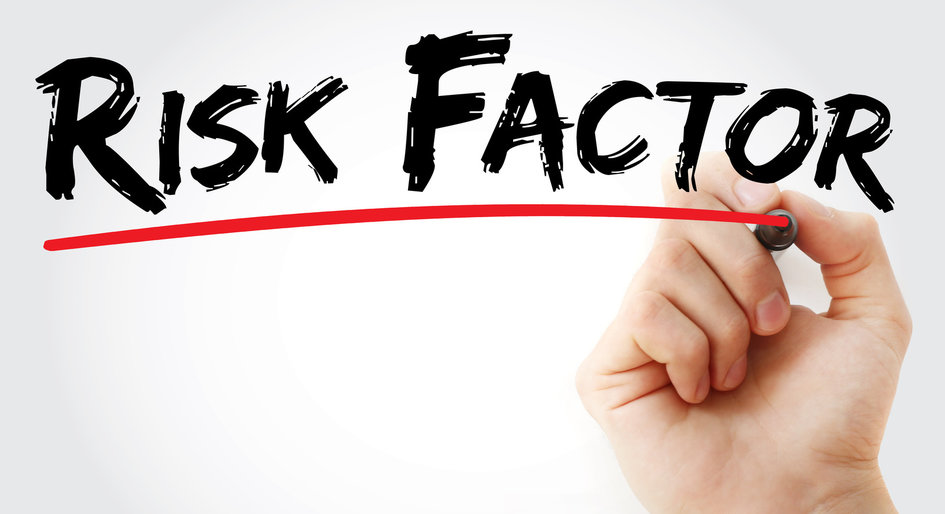Five interconnected elements of operational resilience underpin recently released technical guidance for assessing and responding to building-level risk. The Building Owners and Managers Association (BOMA) of Canada will outline the basic concepts through upcoming cross-Canada workshops, underscoring that operations teams carry key responsibility to safeguard building occupants, facilitate business continuity and protect asset value.
“Members of the commercial real estate community have a significant role in learning how to be resilient — through awareness, education and industry transformation,” Susan Allen, president and chief executive officer of BOMA Toronto, and Benjamin Shinewald, president and chief executive officer of BOMA Canada, affirm in their joint forward to the new guidance material.
It’s a follow-up to an earlier BOMA Toronto effort, which focused on the corporate rationale for resilience and portfolio-level policies related to development and investment management. Seven subsequent years of climatic evidence and lived experience are now factored into a refined set of considerations for property managers and operators entitled, Resilience in the Commercial Real Estate Industry, Protecting Value for an Uncertain Future.
Operational resilience is defined as the ability to withstand shocks and stresses and return to normal capacity as quickly and efficiently as possible. As stated in its preface, the guidance document is intended to provide operations managers with “simple guidance in recognizing and understanding operational risks, treating them and communicating this up the chain in a way that the corporation can interpret and use”. It delves into five identified elements or “drivers” of resilience and references supporting resources and technologies for applying resilience processes and measures in buildings.
Five elements underpin a comprehensive plan
For operations managers, resilience planning begins with an assessment of risks tied to a building’s physical location. That could be vulnerabilities directly on the site, such as the propensity for flooding or a tenancy that could attract potentially volatile demonstrators, or risks to offsite infrastructure and services on which the building relies. The process of identifying “reasonably foreseeable consequences” can then inform budgeting and bigger picture decisions about asset retention or disposition.
The next element or “driver” considers occupants’ priority needs and how they could be met if normal building functions are disrupted. This is tapped as a particularly pertinent issue for multifamily buildings hit with power outages, but it is insight that could sway commercial leasing decisions, which tenants are expected to increasingly demand.
“For tenants, conducting the dependency mapping exercise can be extremely valuable on its own. It will assist in business resilience planning and provide insights that can drive the better use of existing space or the search for new space,” the guidance document notes.
Tenants are also at the heart of the third element of operational resilience planning, dubbed “incident sequencing”, which begins with the assumption of normal system failure and then strategizes how to recover and resume operating capacity in the way that best serves priority needs and business continuity. This will require an understanding of what is most essential for tenants’ continued operations to identify what contingencies might be put in place prior to an unexpected disruption, and to create a ranking and schedule for restoring systems.
The fourth element considers security requirements. “These functions are essential during normal operations and they remain essential during and following an incident, even as the operating context changes,” the guidance document reiterates.
Finally, the guidance emphasizes the importance of an integrated approach to resilience planning, highlighting the interconnected nature of systems and system failures. Operations managers are also encouraged to consider the life cycle costs of resilience and view it as an aspect of building performance.
Workshops to walk through the concepts
These five drivers line up with recommended resilience planning steps for development and asset management, but typically with more variables in play for operations managers. However, increasingly sophisticated data collection and analytics should ease the task.
“The challenge that operations managers face is that each operation, property, location and tenant is different. So, while we can template much of the corporate resilience practice, we can’t do the same for operational resilience,” the guidance document acknowledges. “We already collect much of what we need to understand our risk exposures, providing an auditable trail of evidence for routine filings and declarations of how the property portfolio is affected by climate change and other contextual trends.”
Key contributors to the technical guidance will further unpack recommended approaches during BOMA Canada’s half-day workshops, set for Vancouver, Calgary, Winnipeg, Toronto and Halifax in late September and early October. That includes: Alexander Hay, an engineer, consultant and adjunct professor with University of Toronto’s Centre for the Resilience of Critical Infrastructure; Chris Snider, head of sales and distribution with Zurich Insurance Group’s risk services in Canada; Steve Horwood, vice president, business development with the mechanical/electrical services firm, Ainsworth; and Howard Lu, head of sales and distribution at Ainsworth.
As a starting point to the discussion, the guidance document suggests that most operational resiliency measures are either cost-neutral or aligned with budgeting that may already be in place for sustainability objectives. While clarifying that resiliency and sustainability are distinct characteristics, it submits that they are symbiotic and with positive ripple effects beyond any one building.
“We can regard them as two faces of the same coin. Neither gives rise to the other, but cannot exist without the other,” the guidance document declares. “When an operation, or business, is resilient, it actively contributes to, and influences, the resilience of its neighbours and the surrounding community.”






